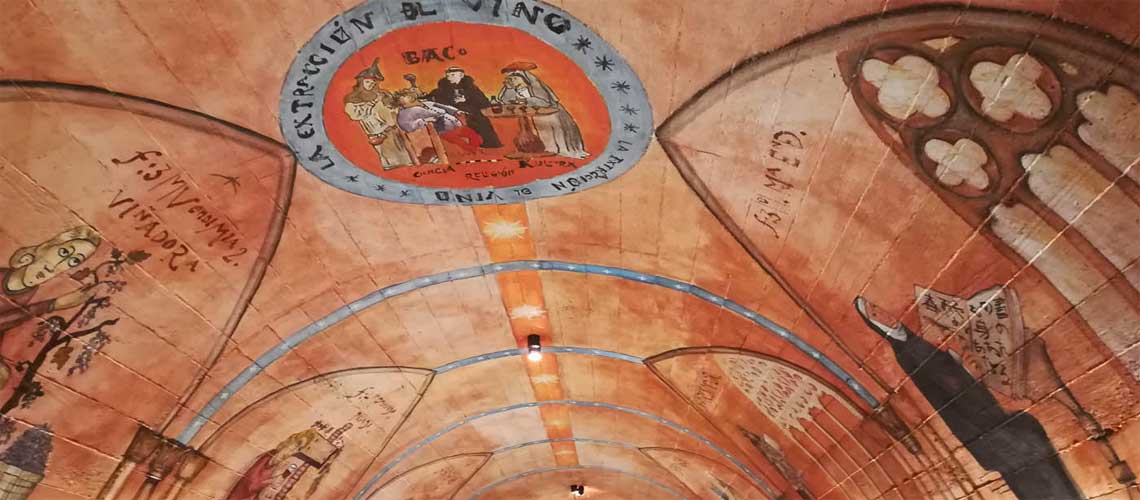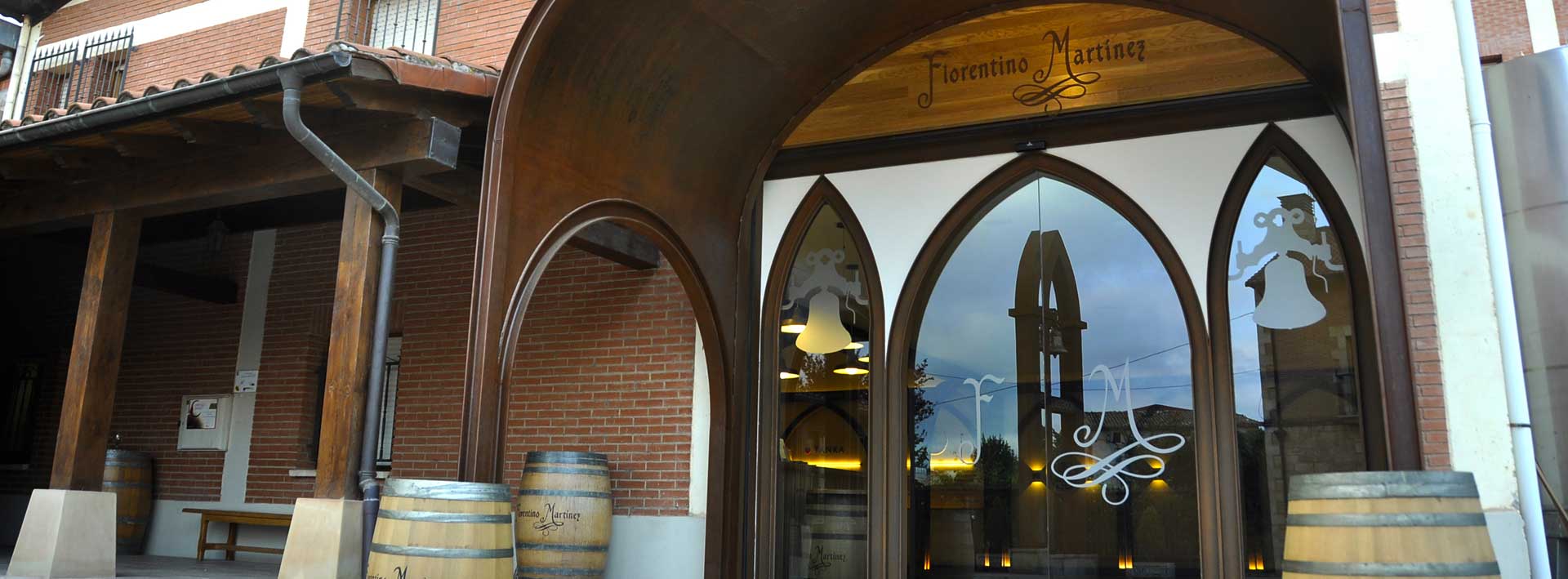Bodegas Florentino Martínez started to make wine in 1986. The family vineyards, passed down from generation to generation, were the source of the clarete wines that Ángel, Luis Miguel and Florentino began to bottle in the estate. This traditional style, which blends red and white grapes, was previously sold by the family in demijohns in nearby towns. The conviction of the whole village in its identity and its wines is the reason for the success that clarete is experiencing: "People think that Cordovín is a type of wine, rather than a village,” says Luis Miguel Martínez.
Cordovín boasts several distinguishing features that set it apart from other villages, says the producer. "There has never been a cooperative and there has always existed, even before the bodegas settled here, a healthy rivalry between winegrowers to see who made the best wine. It was then sold in demijohns which is the reason why quality has been maintained over the years.”

In any case, the Martínez family has proved that other styles of wines are possible in Cordovín. "In 1993 we produced our first carbonic maceration red; and our first Crianza, from the 1996 vintage, came third in the wine contest held in Laguardia. It was no coincidence; we could and knew how to make reds as well. After winning several national and international awards, we were convinced that our strategy was indeed well-founded”.
As well as its traditional wines (clarete, white and red, all of them unoaked), the winery has created a new collection of wines called Florentius, named after a Mozarab miniaturist who worked in the monasteries of San Millán. With this range, the family pays tribute to Cordovín's own roots, with Viura and Malvasía as the main varieties, but also with the new authorised grapes such as Tempranillo Blanco and experimental Chardonnay, in one of the most suitable areas for white wines in Rioja thanks to its elevation.
In reds, in addition to Tanka, a Reserva that is released each vintage with an international haiku contest (tanka is the same Japanese composition but with two more verses), they make the Distercio range, named after the mountains of nearby San Millán, where Riojan oak began to be cut into the barrels that Florentino Martínez has been using for years. The family have also released a 100% Maturana Tinta wine and have restored a traditional underground cellar or calado with paintings by Alberto Palomera, an artist from Bilbao.


